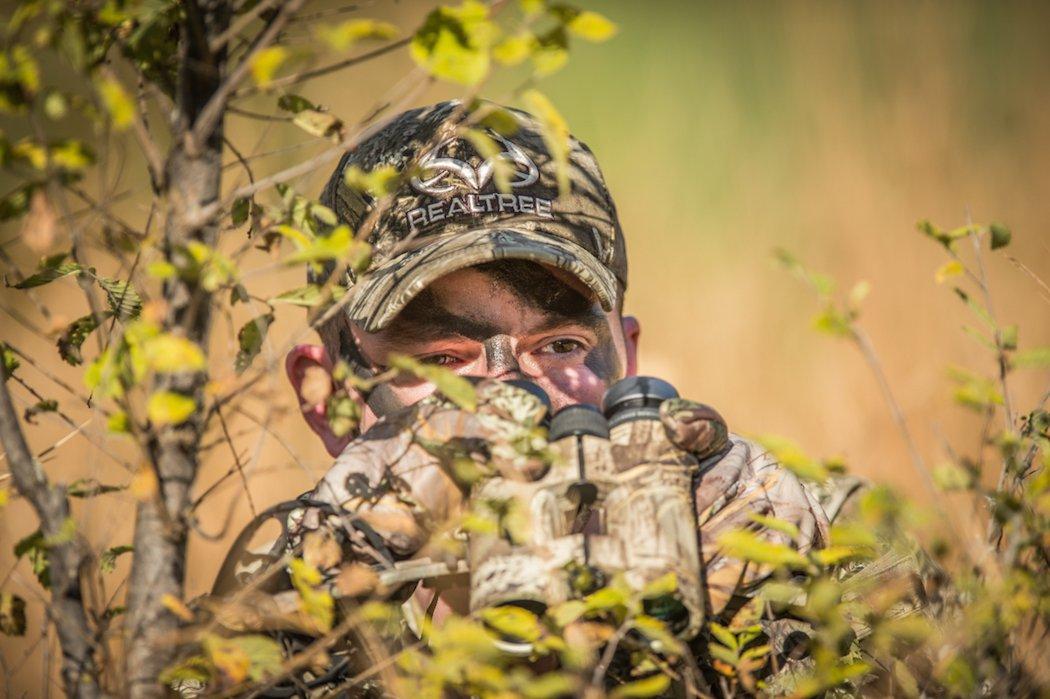Have You Ever Been This Aggressive with Cameras?
Killing big bucks is tough to do. And to kill them consistently each season is dang near impossible if you don't really study them and work hard at it. It takes dedication.
Sometimes you get the job done quickly during the early season. Sometimes you don't. Now, we're right in the middle of the pre-rut. But soon, bucks will be moving more freely across the landscape in search of does. Odds of killing a specific buck that you've been hunting in a particular woodlot goes down at this point. You're better off to kill that deer before the peak of the rut. You want that buck to be just careless enough that it slips up and walks by your stand, but not careless enough that it walks 300 or 400 yards down the ridge to where another guy is waiting.
For the last several years, I've used a tactic that I call blitzing a buck. I use it when I know a buck is in the area, but I'm not certain on how or where to kill it. This method generally answers that question for me. It generally takes seven to eight days to really get a feel for what a given deer is doing. Yes, it's aggressive. But it works.
Step 1: Scout from Afar
If you already know of a buck in the area you want to target, skip this step. But if you don't, the first step is to find a deer. Whether that's while you're in the stand hunting, hunting from an observation stand, or simply scouting from afar, you need to lay eyes on a deer.
Step 2: Listen to Your Gut
Now that you've seen the deer you're after, connect the dots. Make an educated guess as to where this buck is bedding, feeding and going to water. Write all of it down on an aerial map. This is an important step. It'll help you decide where to hang your cameras.
Step 3: The Broad Brush Approach
Now that you know of a buck in the area, and you've made an educated guess on where it's living, gather as many cameras as you can muster (four to five is optimal). Look at the aerial map that you've marked up and determine where you should hang your cameras. Don't get too close to where the deer is bedding. This is an aggressive tactic, but you don't want to take it as far as to spook the deer you're hunting.
A buck's home range is approximately 600 to 700 acres, but its core area will generally only be 50 to 60 acres. I start out by making an educated guess as to where the buck's core area is and surround it with cameras. Leave the cameras untouched for three to four days.
Step 4: Setting the Trap
The goal by surrounding the deer's core area is to try to determine which end it's spending the most time on. After the four days are up, check the cameras. Leave any cameras that captured the deer. Pull cameras that didn't produce and move them to a new spot closer to the camera(s) that had photos of your target buck(s). Give it two to three days.
Step 5: Tighten the Noose
Check cameras again. You're hoping to get the deer on most of the cameras by now. Repeat step No. 4 and move any cameras that didn't produce closer to those that did. Leave in place the cameras that did produce photos during steps No. 3 and/or 4. Leave the cameras alone for one to two days.
Step 6: Dial It In
This is (hopefully) the last camera check before moving in to hunt. By now, you want to be seeing your target buck(s) on at least one or two of the cameras you have out each day. Don't worry if they're not daylight photos as long as the buck is hitting them close to daylight hours.
Step 7: Move in for the Kill
Now you have the intel needed to hunt. You have a good idea of where the deer is bedded during daylight hours and where it's going to feed. All that's left is to hunt the deer. It's best to wait for ideal conditions such as a cold front, dropping temperatures, rain events, good lunar positions, etc. But if those aren't on the horizon (within the next day or two), go ahead and hunt. You don't want to wait until the peak of the rut hits, as the deer will likely change its patterns by then.
Conclusion
Use this tip any time throughout the season. However, if you can monitor the extended forecast, time it to where you finish these steps just prior to a cold front, as that's when you'll want to move in to hunt. You want to be able to hunt with confidence.
Click here for more deer hunting articles and videos.
Check us out on Facebook.








